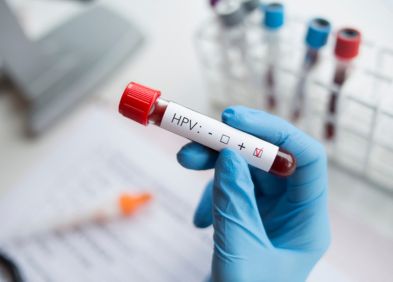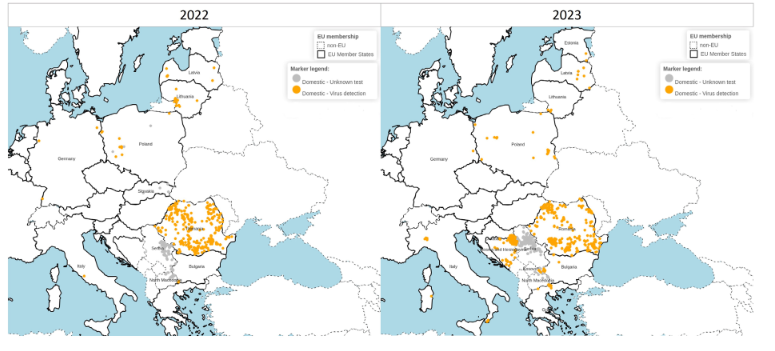In the parliamentary response, the Health Minister returns to the presence of drugs in the country’s wastewater and outlines the government’s findings based on data published by the European Monitoring Center for Drugs and Drug Addiction (EMCDDA) and the European SCORE network.
In March 2024, the European Monitoring Center for Drugs and Drug Addiction (EMCDDA) and the European SCORE network published their analyzes of wastewater in 88 European cities. The purpose of this study? Assess the consumption or at least the presence of drugs in the region.
This Thursday, the Minister of Health will provide more details about Luxembourg’s participation in this study and outline the government’s conclusions. The publication of this information followed a parliamentary question from Socialist MPs Mars Di Bartolomeo and Dan Biancalana.
Until now, Luxembourg has not participated in this study, but finally last year analyzes were carried out at various wastewater treatment plants. The results were published for three Luxembourg localities: Mamer, Mersch and Boevange. “These stations were selected in the first stage because the water samples there are collected according to an accredited procedure (ISO 5667-10), guaranteeing maximum reliability in the calculation of flow velocity as a function of time,” points out Martin Despres.
Cocaine is leading
Cannabis, cocaine, amphetamine, methamphetamine, ketamine and MDMA/ecstasy… All of these substances have been found in varying quantities in the wastewater of the Grand Duchy.
At the top of the ranking compiled by the EMCDDA and the European SCORE network for Luxembourg we find cocaine. On average, in 2023, more than 0.28 grams of cocaine residues were detected in the wastewater from the Mersch wastewater treatment plant per 1,000 inhabitants every day. For Mamer the concentration limit is 0.25 g, and for Boevange it is 0.12 g. “All target substances were detected at least once a year (2023) at all selected stations, and the differences observed between the three stations are small,” – the minister adds.
Martin Despres also highlights “that concentration values in Luxembourg are on average lower for amphetamines, methamphetamine and ketamine, similar for MDMA and cocaine and higher for cannabis compared to European averages.”
Despite legalization, cannabis is not the most common drug in Luxembourg wastewater. What’s even more surprising is that “means and medians measured after the new national cannabis regulations went into effect (July 2023) are slightly lower than the means and medians observed before the law was enacted.”
Green light for new analyzes
Regarding the future of this type of analysis, Martin Despres assures that Luxembourg will continue to be involved: “Any initiative that adds value to wastewater treatment plants beyond their function as wastewater treatment is supported by Luxembourg.” In this sense, the Ministry of Environment, Climate and Biodiversity, as well as the Directorate of Health and LIST launched a project called “SUPERVIR”.
The project’s goal is to develop a wastewater-based surveillance platform and use this platform for surveillance of viral pathogens of interest such as SARS-CoV-2, influenza A, and respiratory syncytial virus (RSV).


/medias/Vsj0LZpM34/image/27302_jpeg-format16by9.jpeg)

